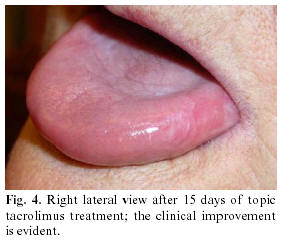
Antifungal Activities of Tacrolimus and Azole Agents against the Eleven Currently Accepted Malassezia SpeciesCorresponding author. Mailing address: Department of Microbiology, Meiji Pharmaceutical University, 2-522-1 Noshio, Kiyose, Tokyo 204-8588, Japan. Phone: 81-424-95-8762. Fax: 81-424-95-8762. E-mail: folliculitis and may exacerbate atopic dermatitis (AD) (1). AD is a common chronic inflammatory skin disease. The standard treatment of AD is topical corticosteroids and topical immunomodulating agents, although some patients do not respond to these treatments. Cutaneous microorganisms are considered an exacerbating factor. Although large numbers of lipophilic In vitro drug susceptibility was determined according to the method of Gupta et al. (9), with slight modification. Briefly, the drugs were diluted in 200 l of mLNA broth, to make a dilution series with doubled concentrations ranging from 0.16 to 320 g/ml. To each diluted drug concentration, 1,800 l of melted mLNA medium was added, resulting in final concentrations ranging from 0.016 to 32 g/ml. The surface of each agar plate was inoculated with 50 l of cell suspension and incubated for 7 days at 32 C. The cell growth was compared with the growth in a drug-free control, according to the following scale: 0, no visible yeast colonies on the agar medium; 1 , 25% growth in comparison with control; 2 , 50% of control growth; 3 , 75% of control growth; and 4 , growth similar to that of the control (9). MIC testing was carried out at least three times. Diltiazem increases tacrolimus concentrations.
